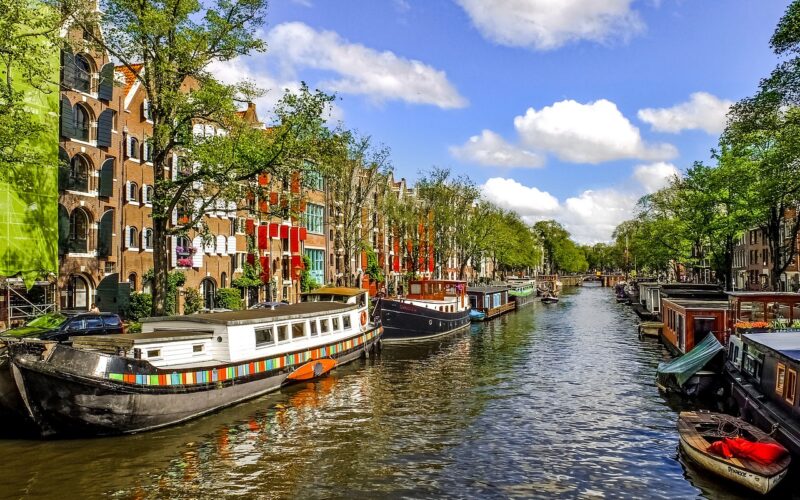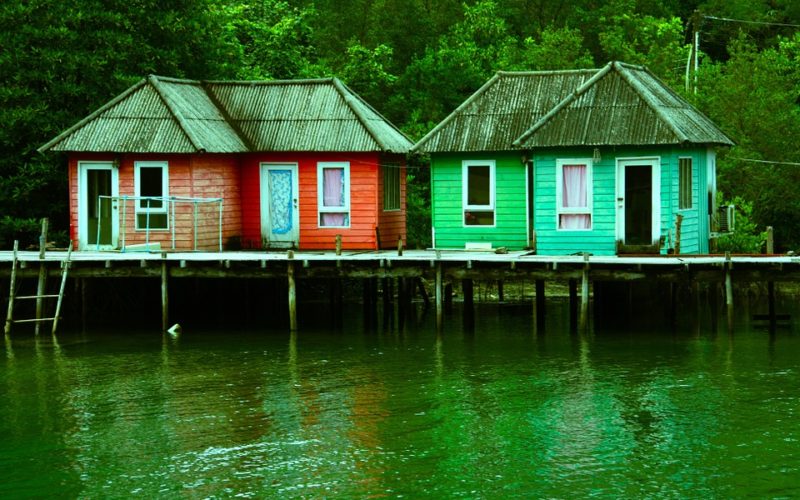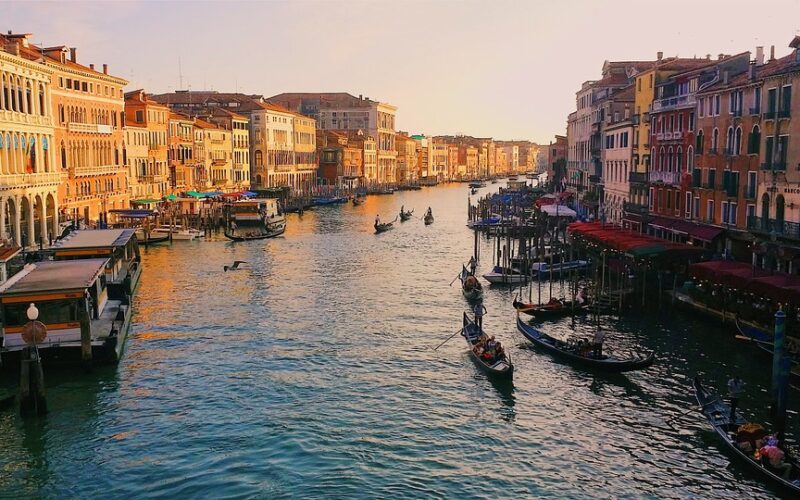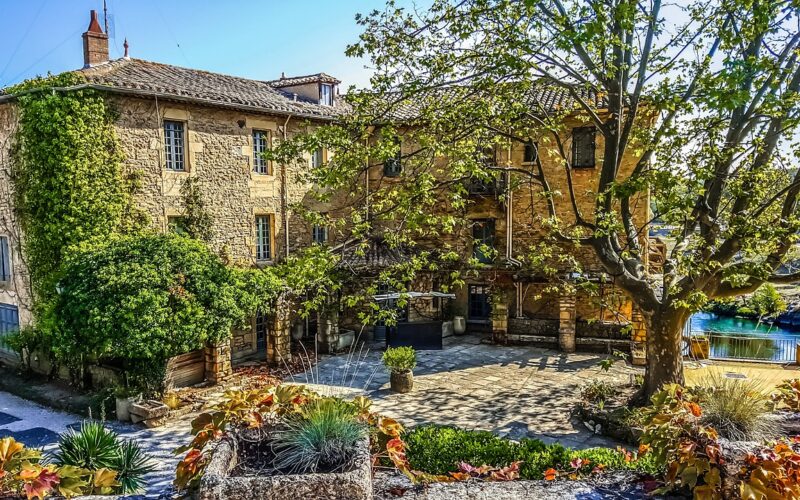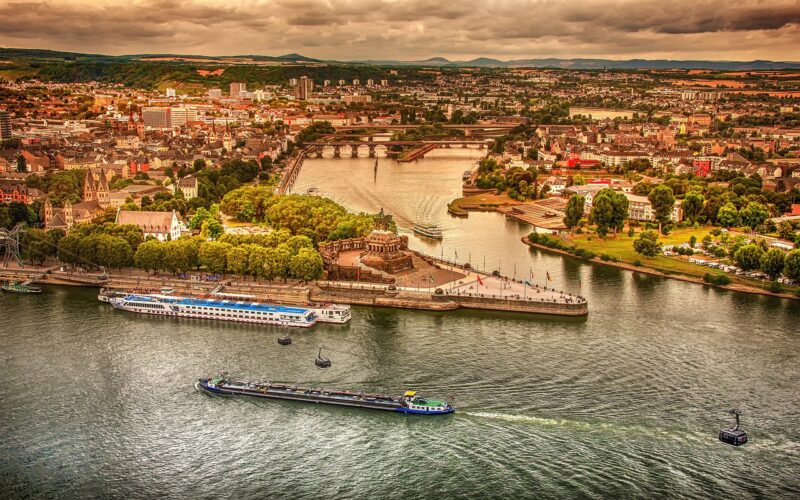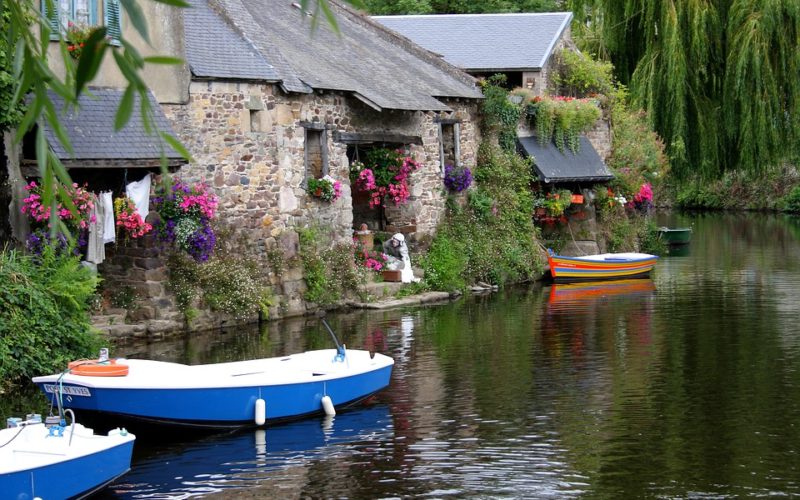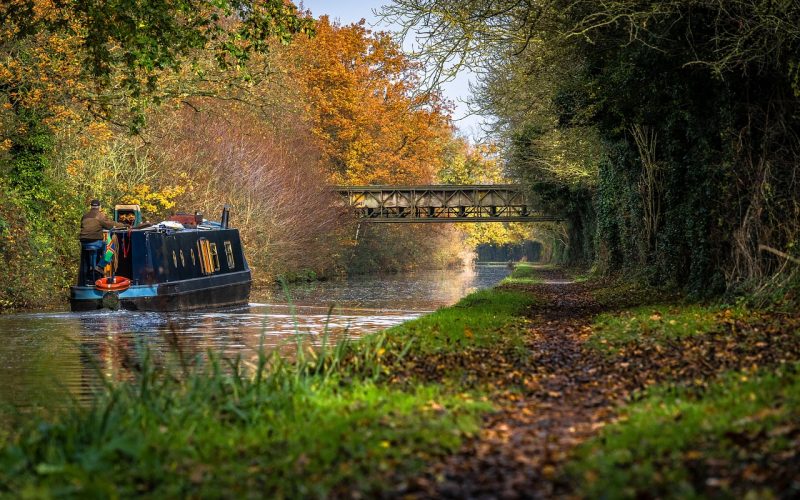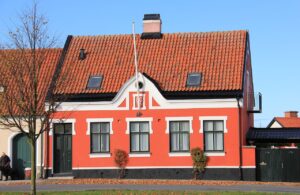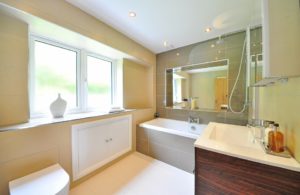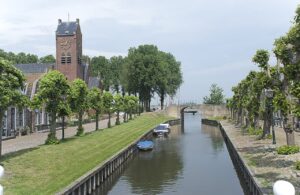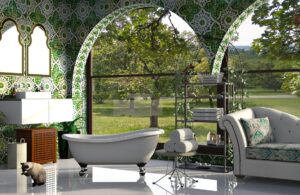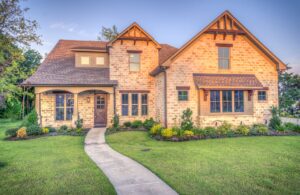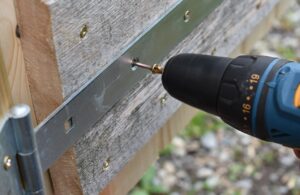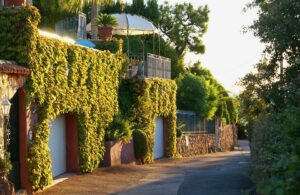The high cost of housing has spurred a growing number of people to seek alternative living arrangements, with living on a barge becoming a particularly attractive option. This lifestyle offers a unique combination of affordability, simplicity, and scenic views. Here's a look at why more individuals are choosing the waterways over traditional housing.
The allure of the waterways
There's something undeniably romantic about the idea of barge living – the gentle lapping of the water, the promise of a different view out of the window each morning, and the tightly-knit community. For many, it's a dream escape from the hectic pace of life on land, providing a tranquil environment in which to live and work. The ability to moor in various locations also offers a sense of freedom that static housing simply can't match.
Escaping the housing market's ebb and flow
With property prices soaring, owning a home in the city is becoming an impossible dream for many. Barges present a viable and cost-effective housing solution. The initial outlay for a barge can be significantly less than a deposit on a house, with ongoing costs such as mooring fees, maintenance, and licenses being more manageable for individuals on a tighter budget.
Renovation and customisation
One of the joys of barge living is the potential to renovate and customise your space. Many barges come as a blank canvas, allowing new owners to fit out the interior to their exact specifications. The prevalence of DIY shows and blogs means inspiration is plentiful, and for the creatively minded, transforming a rundown barge into a floating haven is part of the appeal.
Considerations and challenges
However, barge living isn't without its challenges. Space is limited, and storage must be carefully considered. Additionally, living on a barge requires a readiness to contend with the elements and the practicalities of managing utilities differently – such as using a water pump and negotiating sewage disposal.
The lifestyle also demands a certain resilience and willingness to learn new skills, such as navigation and barge maintenance. For those unaccustomed to the demands of this way of life, there can be a steep learning curve.
The environmental impact
Another factor drawing people to barge living is the potential for a smaller carbon footprint. Although barges still consume fuel, those who invest in renewable energy sources like solar panels can minimise their environmental impact. Furthermore, the minimalist lifestyle that often accompanies living in a smaller space naturally leads to reduced consumption and waste.
A trend with staying power?
With the benefits of affordability, community, and the allure of a water-based lifestyle, the trend of barge living appears to have staying power, particularly in regions where real estate prices make traditional homeownership prohibitive.
As city dwellers search for new ways to balance the cost of living with quality of life, the nation's canals and rivers may become dotted with more floating abodes. Only time will tell if this wave of barge homes will continue to rise or if it's merely a temporary solution to the current housing crunch.
